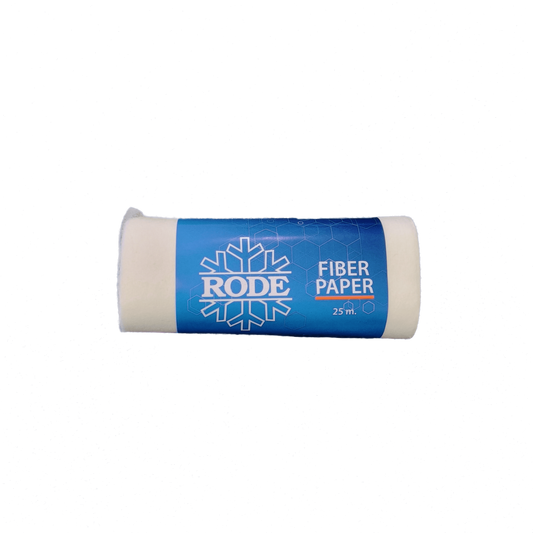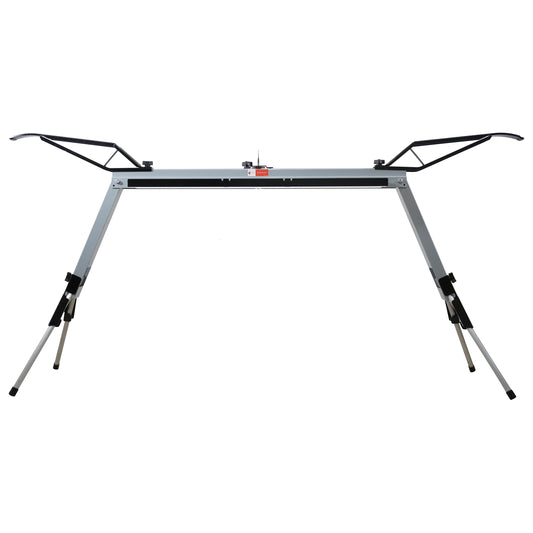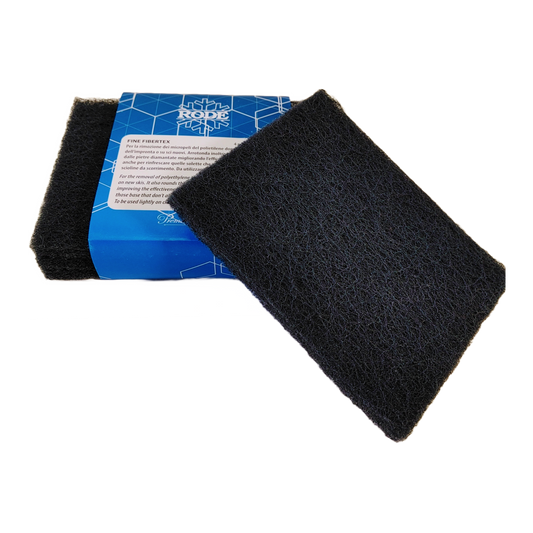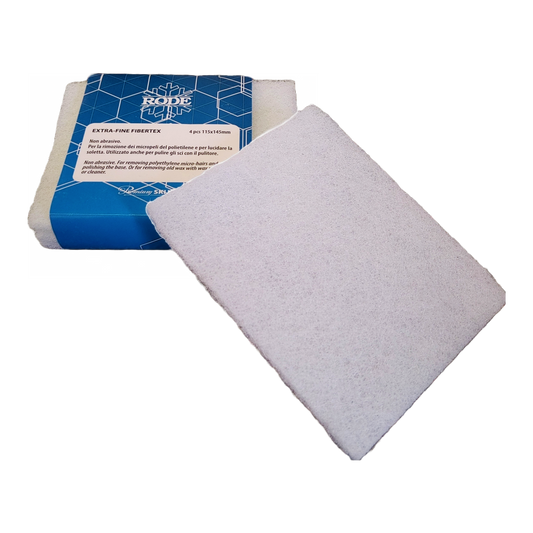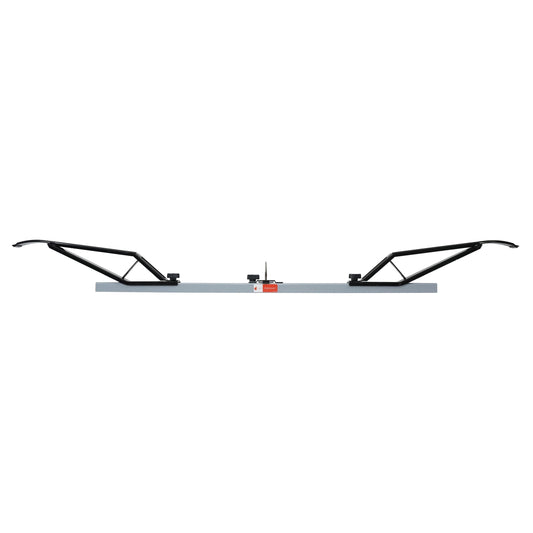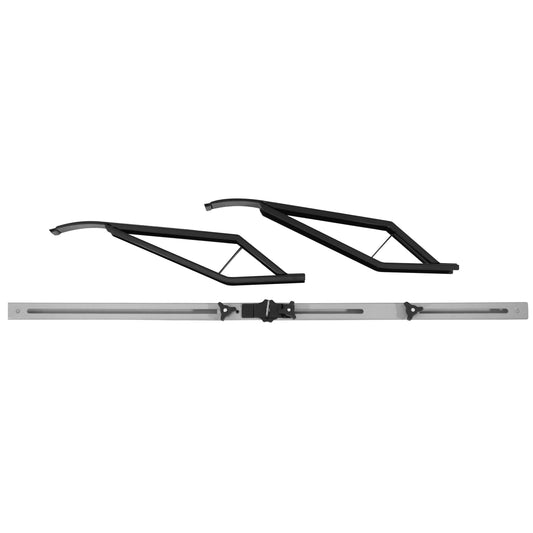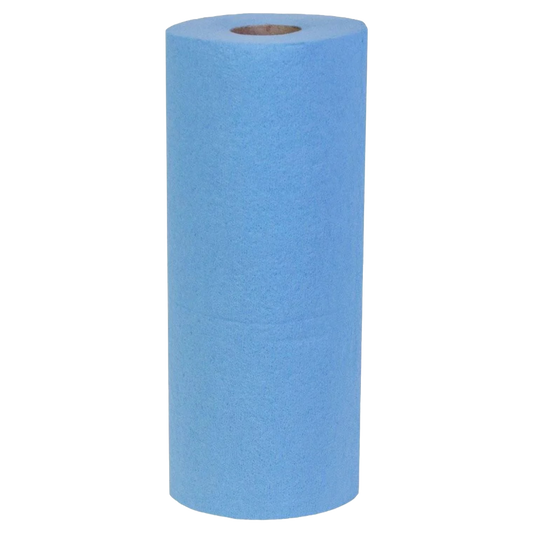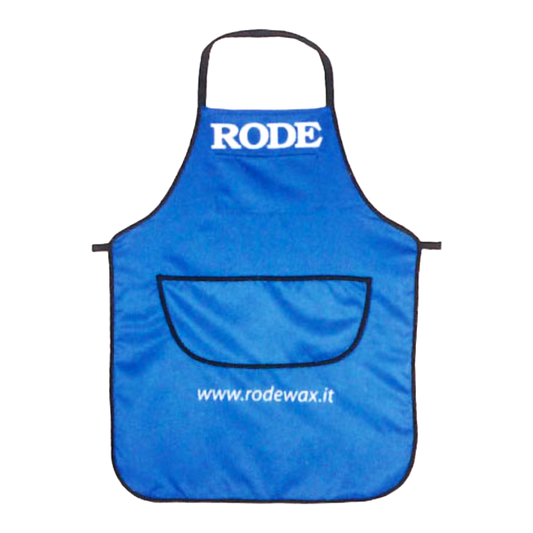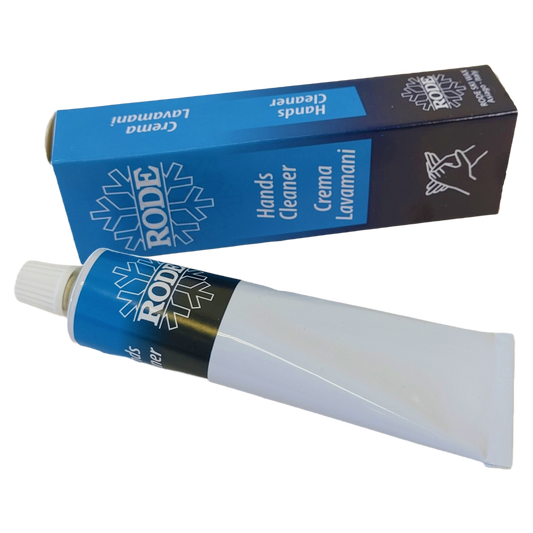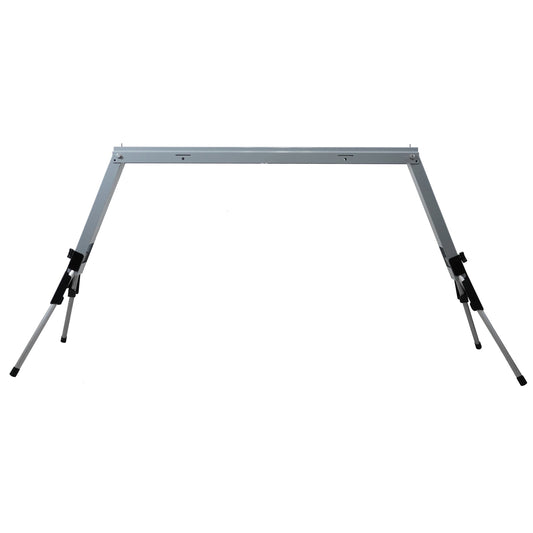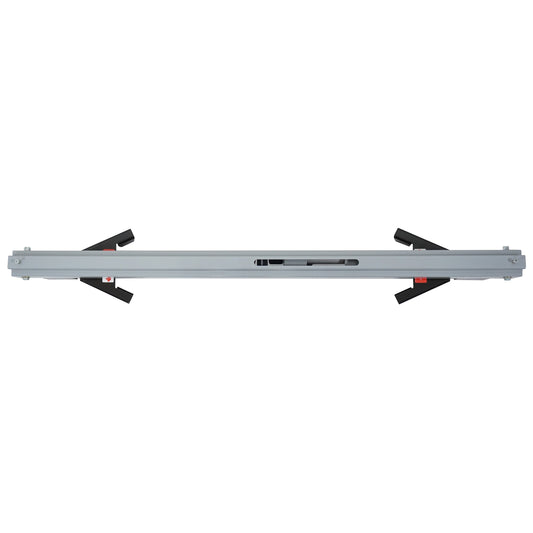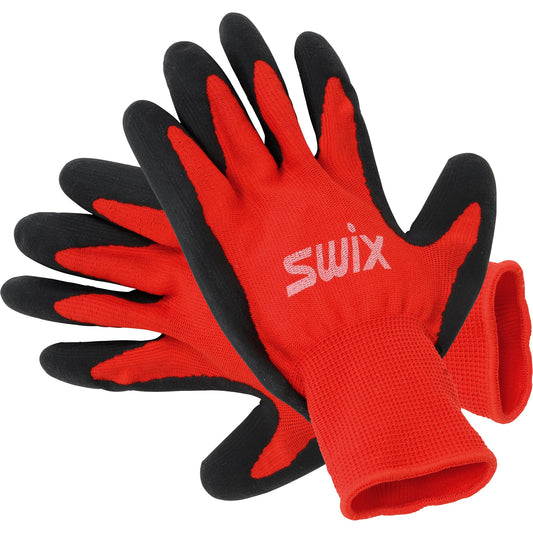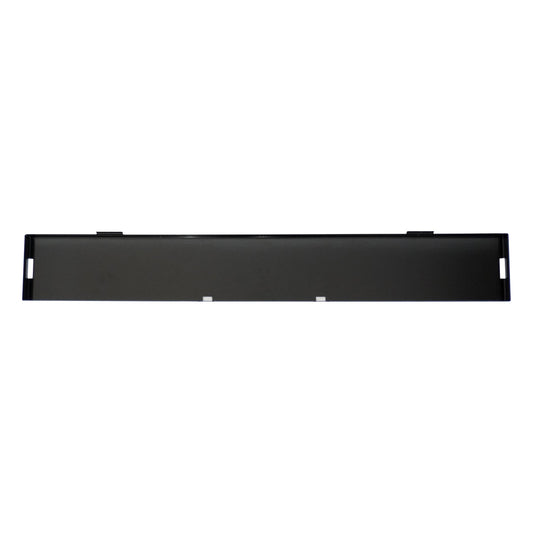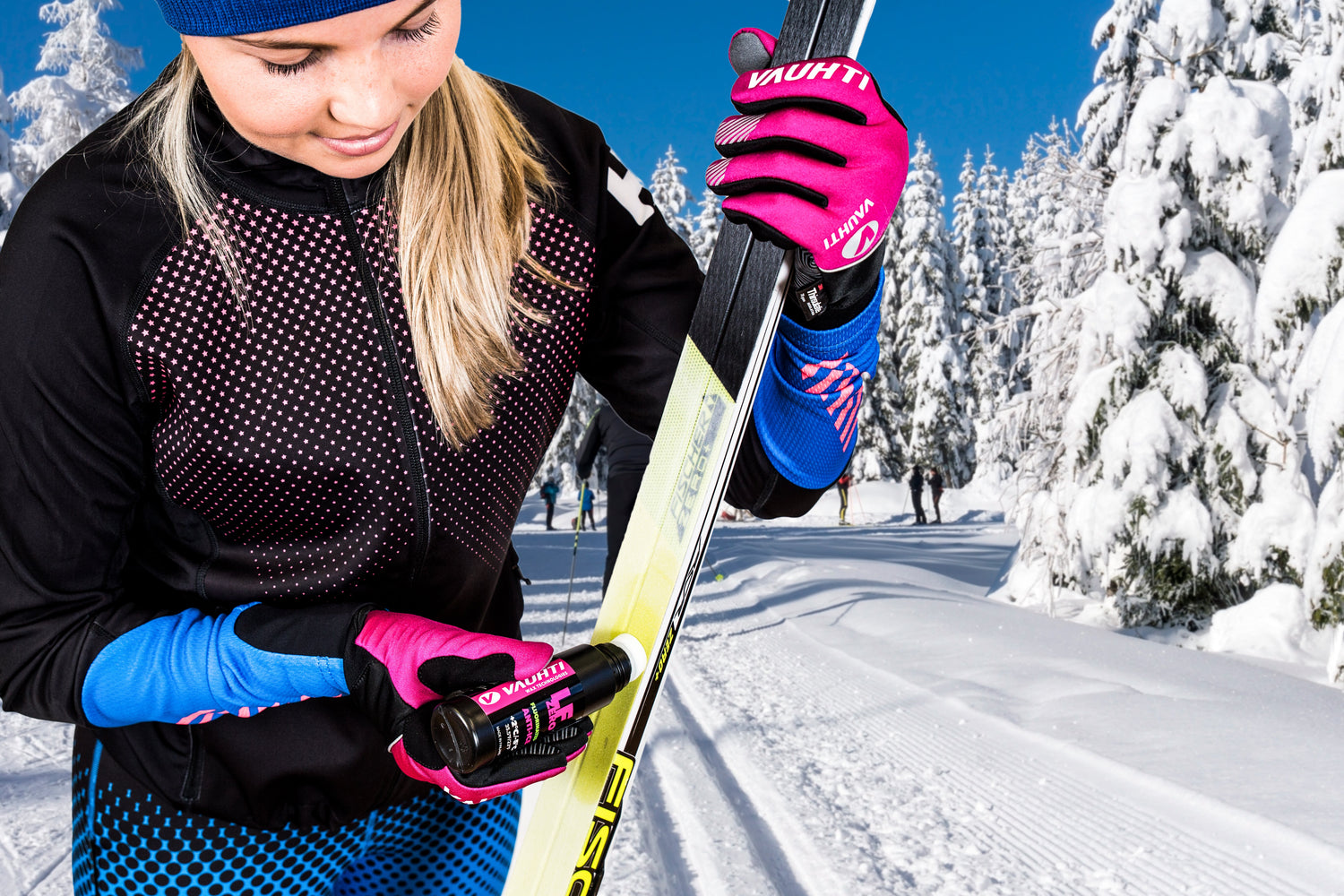
Treating Skin Skis
Skin skis are marketed as "waxless" skis but that doesn't mean their performance can't be massively enhanced by wax. We recommend treating the glide zones of skin skis the same way you'd treat your skate ski bases: Give them the full base prep and waxing maintenance you'd give your skate skis and you'll find the glide of your skin skis will be much faster. The actual 'skin inserts' can also be made to glide much faster by special skin ski treatments, or at the very least, treatments can reduce the chances your skins will 'ice up' or build snowballs in Orange or Red snow conditions. Each wax brand has a slightly different way of maintaining skin inserts, so it's important to know what each brand prescribers for their treatments.
How-To Video
Step-by-Step
There are three broad categories of treating skin inserts: Liquids, Wool-Apply & Glide Tape. Here's an overview of each:
1) Liquids: Liquids are the most popular way to maintain skin inserts. Because the skin inserts are glued into the ski with a heat-sensitive glue, it's important to use designated products for skin skis since the solvents in them won't degrade the glue. That being said, it's better never directly apply liquid waxes onto your skin insert. Instead, apply the liquid to a cloth or fiberlene, then use the cloth to apply the liquid products to the skin insert.
Cleaners: Liquid skin cleaners are the best way to remove grim or old wax from your skin skis. Again, it's always best to apply the cleaner to a cloth first instead of directly dumping the cleaner onto the skin insert. Before applying any wax to the skin insert, it's best to use a cleaner on them to ensure the skin wax sticks to the skins.
Liquid Skin Ski Wax: Liquid skin ski treatments are super easy to apply: Get some product on a cloth, and use the cloth to apply the wax to the insert with a circular motion moving in a tip-to-tail direction. Each wax manufacturer has a different dry time so check the bottle to see how long you should let your skis sit before hitting the trails.
Wool-Apply: If you're using a wool-apply wax on your glide zones, you can simply run the wool over your skin inserts while you're at it. Make sure your drill is rotating in the same direction as the skin's haris.
Glide Tape: If you're using a glide tape, you can simply run the iron over the tape & skin to apply a thin layer of wax. You can use a metal brush after to gently loosen the wax on the skin.
Products for Treating Skin Skis
-
Rode Fiber Paper | 25m
Regular price $17.96 CADRegular priceUnit price / per$0.00 CADSale price $17.96 CAD -
Canadian Wintersports Inc ProForm-AL1 Wax Bench Station FULL SET
Regular price $669.95 CADRegular priceUnit price / per$709.85 CADSale price $669.95 CADSale -
Rode FiberTex
Regular price From $13.96 CADRegular priceUnit price / per$0.00 CADSale price From $13.96 CADRode FiberTex
Regular price From $13.96 CADRegular priceUnit price / per$0.00 CADSale price From $13.96 CADRode FiberTex
Regular price From $13.96 CADRegular priceUnit price / per$0.00 CADSale price From $13.96 CAD -
Canadian Wintersports Inc ProForm-AL1 Wax Bench Station FORM Segment
Regular price $299.95 CADRegular priceUnit price / per$0.00 CADSale price $299.95 CAD -
Shop Towel for Ski & Snowboard Waxing
Regular price $6.95 CADRegular priceUnit price / per$0.00 CADSale price $6.95 CAD -
Rode Apron
Regular price $33.96 CADRegular priceUnit price / per$0.00 CADSale price $33.96 CAD -
Rode Wall Ski Holder (8 Pairs)
Regular price $29.96 CADRegular priceUnit price / per$0.00 CADSale price $29.96 CAD -
Rode Hand Cleaner Cream | 60g
Regular price $19.96 CADRegular priceUnit price / per$0.00 CADSale price $19.96 CAD -
Canadian Wintersports Inc ProForm-AL1 Wax Bench Station LEGS Segment
Regular price $319.95 CADRegular priceUnit price / per$0.00 CADSale price $319.95 CAD -
Swix Tuning Gloves
Regular price $29.96 CADRegular priceUnit price / per$0.00 CADSale price $29.96 CADSwix Tuning Gloves
Regular price $29.96 CADRegular priceUnit price / per$0.00 CADSale price $29.96 CADSwix Tuning Gloves
Regular price $29.96 CADRegular priceUnit price / per$0.00 CADSale price $29.96 CAD -
Canadian Wintersports Inc ProForm-AL1 Wax Bench Station TRAY Segment
Regular price $89.95 CADRegular priceUnit price / per$0.00 CADSale price $89.95 CAD
Ski Waxing Safety Measures
Safe Ski Waxing: Protect Yourself While Prepping Your Skis
Ski waxing is key to great performance on the snow, but it involves chemicals, heat, dust, and fumes that require careful handling. Prioritizing safety protects your health and ensures the waxing process is both effective and responsible.
Follow these essential safety practices every time you wax:
1. Maximize Ventilation: Fresh Air is Crucial 🌬️
- Why? Hot waxing, solvents, and brushing release fumes and fine dust particles that shouldn't be inhaled.
- Best Practice: Wax outdoors whenever possible.
-
Indoors: Ensure excellent air exchange.
- Work near open windows or doors.
- Use powerful exhaust fans (like range hoods or dedicated extraction systems) vented directly outside.
- Simple fans just circulating air within the room are not sufficient.
- Speak Up: If you're in a shared facility (like a team wax room or event) and ventilation seems poor, notify staff or organizers immediately. If you can strongly smell fumes or wax, ventilation isn't adequate.
2. Protect Your Lungs: Use a Respirator 😷
-
Why? Waxing generates harmful airborne particles and fumes from multiple sources:
- Smoke/fumes from hot waxing irons or machines.
- Dust from scraping and brushing wax.
- Vapors from evaporating solvents in liquid waxes and cleaners.
- Dust from fleece/wool application methods.
- Fumes from heating grip waxes and klisters.
-
Action: Wear a respirator suitable for both particulates (dust) and organic vapors (fumes/solvents).
- Look for respirators with P100 particulate filters combined with organic vapor cartridges.
- Ensure a proper fit. Facial hair can prevent a good seal.
- Replace filters and cartridges according to the manufacturer's recommendations or when you notice smell/taste breakthrough or increased breathing resistance.
3. Protect Your Eyes: Wear Safety Glasses 👓
- Why? Dust, flying wax particles, and potential splashes from cleaners can irritate or injure your eyes.
- Action: Always wear safety glasses or goggles. A full-face respirator also provides eye protection.
4. Protect Your Skin: Wear Gloves 🧤
- Why? Waxes and solvents contain chemicals that can be absorbed through the skin or cause irritation.
- Action: Wear chemical-resistant gloves (nitrile gloves are a common and effective choice). This keeps your hands clean and prevents direct skin contact with potentially harmful substances.
5. Maintain a Safe Wax Room Environment 🚫
- Control Access: Only those actively involved in waxing should be in the immediate waxing area to minimize exposure for others.
- No Food or Drink: Never eat, drink, smoke, or store food in the waxing area. This prevents accidental ingestion of harmful residues.
- Cleanliness: Keep your workspace tidy. Clean up spills immediately and manage wax scrapings (see next point).
6. Handle Wax Waste Responsibly ♻️
- Why? Wax shavings and dust contain the same chemicals you're protecting yourself from during application. Proper disposal protects the environment and prevents contamination.
-
Action:
- Collect all wax shavings, dust, and used cleaning materials (paper towels, rags).
- Place them promptly into a sealed plastic bag or designated waste container.
- Dispose of according to local regulations. (Note: Regulations for fluorinated wax disposal might be stricter in some areas – check local rules).
7. Control Your Iron Temperature 🔥
- Why? Overheating wax creates significantly more fumes and can damage your ski base.
- Action: Always use the wax manufacturer's recommended temperature for your specific wax. Don't guess!
8. Handle Cleaners & Solvents with Extra Care 🧪
- Why? Base cleaners and liquid waxes often contain volatile organic compounds (VOCs) that are easily inhaled and can be flammable.
-
Action:
- Use solvents and cleaners sparingly.
- Ensure maximum ventilation when applying them.
- Keep containers sealed when not in use.
- Crucially: Keep solvents far away from heat sources like your waxing iron, space heaters, or open flames.
Your Health Comes First!
By consistently following these safety protocols, you protect yourself from potential respiratory issues, skin irritation, and other health effects. Safe waxing allows you to focus on getting the best performance from your skis and fully enjoy your time on the snow.

